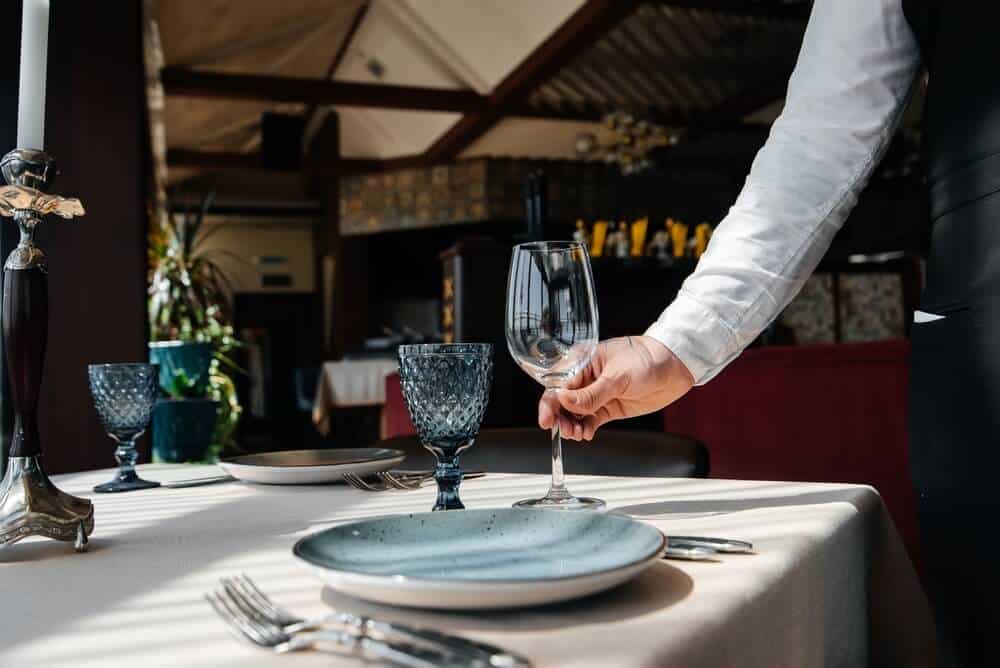Restaurant Insurance Coverage Types

Operating a restaurant comes with inherent risks, making it essential to secure adequate insurance coverage to protect against financial losses. Restaurants can choose from a range of insurance policies designed to meet their specific needs.
The primary types of restaurant insurance coverage include:
General Liability Insurance
This policy covers the restaurant’s legal liability for bodily injury or property damage to third parties caused by its operations. It protects against claims such as slip-and-fall accidents, foodborne illnesses, and product defects.
Property Insurance
Property insurance covers the restaurant’s physical assets, such as the building, equipment, and inventory, against damage or loss due to events like fire, theft, or natural disasters.
Business Interruption Insurance
This insurance provides coverage for lost income and expenses incurred if the restaurant is forced to temporarily close due to an insured event, such as a fire or natural disaster.
Workers’ Compensation Insurance
Workers’ compensation insurance provides benefits to employees who suffer work-related injuries or illnesses. It covers medical expenses, lost wages, and disability benefits.
Liquor Liability Insurance
Restaurants that serve alcohol require liquor liability insurance to protect against claims arising from injuries or damages caused by intoxicated patrons.
Cyber Liability Insurance
With the increasing reliance on technology, cyber liability insurance protects restaurants against financial losses resulting from data breaches, cyberattacks, and privacy violations.
Factors Affecting Insurance Costs
The cost of restaurant insurance varies depending on several factors. Understanding these factors can help you make informed decisions and optimize your insurance coverage.
Location
The location of your restaurant can significantly impact insurance costs. Areas with high crime rates or natural disasters tend to have higher premiums. Insurance companies assess the risk associated with the location and adjust premiums accordingly.
Size
Larger restaurants generally have higher insurance costs due to increased exposure to risks. Factors such as the number of employees, seating capacity, and square footage can influence premiums.
Type of Cuisine
The type of cuisine served at your restaurant can also affect insurance costs. Restaurants serving high-risk foods, such as seafood or exotic meats, may face higher premiums due to the potential for foodborne illnesses.
Industry Benchmarks
Understanding industry benchmarks for restaurant insurance costs is crucial for informed decision-making and ensuring adequate coverage. Variations exist based on restaurant type, location, and size.
The following table provides average annual insurance costs for different restaurant categories, helping you compare and gauge your premiums:
Average Restaurant Insurance Costs by Industry
| Restaurant Type | Average Annual Premium |
|---|---|
| Fine Dining | $1,500 – $3,000 |
| Casual Dining | $1,000 – $2,000 |
| Fast Food | $500 – $1,500 |
| Bars and Pubs | $1,000 – $2,500 |
| Coffee Shops | $500 – $1,000 |
Risk Management Strategies
Implementing proactive risk management strategies is crucial for restaurants to reduce insurance costs and minimize potential liabilities. By establishing a comprehensive risk management plan, restaurants can identify and mitigate risks, thereby reducing the likelihood and severity of incidents that could lead to insurance claims.
One key aspect of risk management is employee training and safety protocols. Providing comprehensive training programs for employees on food safety, safe work practices, and emergency procedures can significantly reduce the risk of accidents, injuries, and foodborne illnesses. By emphasizing the importance of safety and establishing clear guidelines, restaurants can foster a culture of risk awareness and responsibility among their staff.
Employee Training
- Regular training sessions on food safety, handling, and preparation
- Instruction on proper equipment usage, cleaning, and maintenance
- Emergency response protocols for fires, accidents, and medical emergencies
- Training on recognizing and reporting potential hazards and risks
Safety Protocols
- Regular inspections and maintenance of equipment and facilities
- Implementation of non-slip flooring, proper lighting, and ventilation
- Ergonomic design to prevent repetitive motion injuries
- Adequate signage and warnings to alert customers and employees of potential hazards
Insurance Market Landscape
The insurance market for restaurants is highly competitive, with numerous providers offering a wide range of coverage options. Major insurance providers include:
- Chubb: Specializes in high-limit coverage for large restaurant chains and fine dining establishments.
- Travelers: Offers comprehensive coverage for restaurants of all sizes, including property, liability, and workers’ compensation.
- Zurich: Provides tailored coverage solutions for restaurants with unique risks, such as outdoor dining and delivery services.
These providers offer a variety of coverage options, including:
- Property insurance: Covers physical assets such as buildings, equipment, and inventory.
- Liability insurance: Protects against claims for bodily injury or property damage caused by the restaurant’s operations.
- Business interruption insurance: Provides coverage for lost income and expenses in the event of a covered loss that interrupts business operations.
- Workers’ compensation insurance: Covers medical expenses and lost wages for employees injured on the job.
Case Studies
By studying successful examples, we can gain valuable insights into effective insurance cost management strategies. Let’s explore case studies of restaurants that have excelled in this area.
Reducing Premiums through Risk Mitigation
- Case Study: “ABC Bistro”
- Implemented a comprehensive risk management plan, including employee training, kitchen safety protocols, and regular equipment inspections.
- Reduced insurance premiums by 20% within a year by proactively mitigating potential hazards.
Negotiating Favorable Coverage
- Case Study: “XYZ Eatery”
- Partnered with an experienced insurance broker to compare multiple quotes and negotiate the most competitive coverage terms.
- Secured a customized insurance policy that tailored coverage to their specific needs, resulting in a 15% reduction in premiums.
Future Trends
The restaurant insurance landscape is constantly evolving, shaped by emerging trends that may significantly impact insurance costs in the future. These trends include technological advancements and regulatory changes that are transforming the industry.
One of the most significant trends is the increasing adoption of technology in restaurants. From online ordering systems to point-of-sale (POS) software, technology is streamlining operations and improving efficiency. However, it also introduces new risks, such as cyberattacks and data breaches, which can lead to increased insurance premiums.
Regulatory Changes
Regulatory changes are another factor that may affect restaurant insurance costs. Governments are increasingly implementing regulations to protect consumers and the environment. These regulations can impose new requirements on restaurants, such as installing fire suppression systems or meeting specific environmental standards. Compliance with these regulations can increase insurance costs, as restaurants may need to purchase additional coverage or make costly upgrades to their operations.




